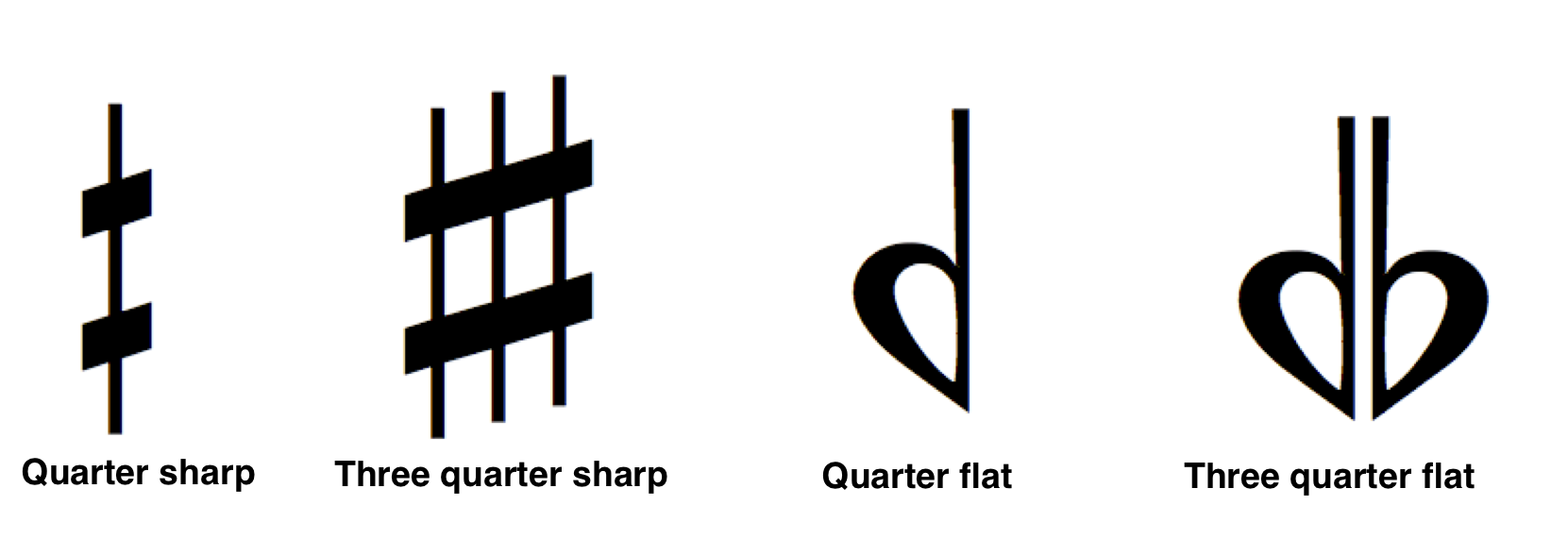Lesson 47 - Avant-Garde and electronic music
Part I - The Avant-Garde Period
Avant-Garde composers sought to redefine the parameters of music in bold new ways. The Avant-Garde period pieces contained a large element of chance. At about this time, electronic means of producing sound became possible. Composers sought to use these new means of creating sound in bold new ways.
Part II - Aleatoric Music
Pieces in this style would almost guarantee never having a repeat performance. The most famous Aleatoric piece would be John Cage's "4:33" Where all of the windows in the concert hall were opened and the piece consisted of the atmospheric sounds of every day life that happened during those four minutes and thirty-three seconds of the piece.
here is the score for 4'33"
"Tacet" is an instruction for performers to remain silent for a section of music.
As can be seen, there are actually movements.
Another famous Aleatoric piece is Terry Riley's "In C." This piece consists of fifty-three snippets of music. Each member of an ensemble would pitch which snippet they wanted to play, and would repeat that figure for however long they desire. Then the performer would choose another figure and repeat that for however long they choose. The piece is over once the conductor chooses. The best part of the piece is that there is a very slim chance of a repeat performance given all of the liberties the performers have with the performance of the piece.
Part III - A Brief History of Electronic instruments.
The use of electronics as a means of composition has been around since the early 1900s, however the first music producing computer, caled the Telharmonium was the first synthesizer. It was however, not exactly portable. It weighed two hundred tons, and had to be transported by thirty railroad cars! Fortunately, as technology improved, the electronics got smaller and smaller. The Moog modular synthesizer gave composers a chance to create their own sounds for pieces.
The Moog modular synthesizer.
Minimoog synthesizer.
Part IV - Electroacoustic Music
Electronic and electroacoustic music is defined as music that uses electronics to create sounds and music. Once sounds are created, they are often mixed together using programs such as ProTools.
Often, instruments play an excerpt and a computer records that sound then plays it back distorted in some way (time, register, etc.)














































